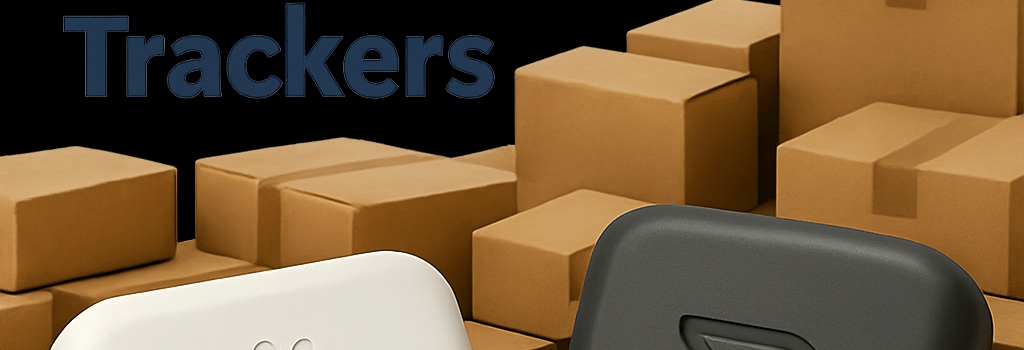Tractive Acquires Thousands of Whistle Pet Trackers

Background and Acquisition Details
Seattle-based Whistle introduced its first smart GPS and activity monitor for pets in 2013. Backed by Mars Petcare since a 2016 purchase, Whistle grew to an estimated 100,000 active devices worldwide. On July 28, Austrian pet-tracker vendor Tractive announced it had acquired Whistle from Mars Petcare for an undisclosed sum, aiming to expand its footprint in the US.
Transition Plan and Subscription Changes
Tractive will deactivate all Whistle services on August 31, effectively “bricking” existing Whistle units. Whistle owners have until September 30 to claim a replacement Tractive tracker:
- Subscribed users receive a complimentary Tractive device and subscription migration.
- Non-subscribed users must purchase a Tractive plan, starting at $108 per year, to qualify for a replacement tracker.
Data and warranty will not transfer. Tractive cites proprietary algorithms and divergent sensor processing pipelines as reasons Whistle telemetry cannot be migrated.
Feature Comparison: Whistle vs. Tractive
Both platforms offer real-time GPS, geofencing, and activity logs. Yet key differences remain:
- Heart and respiratory rate: Tractive devices sample photoplethysmography (PPG) and accelerometer data to derive resting vitals over LTE-M, a feature absent from legacy Whistle models.
- Behavioral insights: Whistle Health 2.0 monitored licking, scratching, eating, drinking, and sleep patterns using on-board IMU and acoustic sensors. Tractive’s line focuses on basic activity, requiring firmware upgrades to match Whistle’s ML-powered behavior inference.
- Battery life: Whistle claimed up to seven days on Wi-Fi fallback and GPS pings every five minutes. Tractive touts ten-day autonomy by leveraging NB-IoT and adaptive sampling algorithms that throttle GPS fix rate when the pet is stationary.
Technical Specifications and Platform Differences
At the hardware level, both trackers embed a u-blox M10 GNSS module and a Nordic nRF9160 SiP for LTE-M/NB-IoT connectivity. However, their firmware stacks and cloud integrations diverge:
- Whistle Cloud operated on an AWS IoT Core backend, employing MQTT over TLS for device messaging and Python-based microservices for data ingestion.
- Tractive Platform utilizes Google Cloud Pub/Sub and BigQuery for telemetry storage, with a Kubernetes-based microservices architecture that enforces stricter schema validation and can roll out A/B firmware via Canary deployments.
This architectural mismatch, combined with differing cryptographic key management and over-the-air update protocols, prevents cross-platform interoperability without a costly migration of billions of lines of code.
Environmental Impact and E-Waste Analysis
When devices lose connectivity, they often end up discarded. The US PIRG Education Fund estimates at least 130 million pounds of e-waste generated by expired IoT services since 2014. With tens of thousands of Whistle units decommissioned, the environmental toll is substantial:
- Recycling hurdles: GPS trackers combine lithium polymer batteries, PCBs, and mixed plastics, complicating material recovery.
- Carbon footprint: Manufacturing and shipping a single tracker emits approximately 2.5 kilograms of CO₂e, not including server power for cloud services.
Industry advocates urge greater focus on modular hardware, standardized firmware layers, and extended software support contracts to curb premature obsolescence.
IoT Platform Consolidation Challenges
Consolidating two mature ecosystems introduces significant technical debt. As Tractive’s CTO noted, maintaining dual stacks could double bug counts, slow feature rollouts, and inflate operational costs. Key challenges include:
- Maintaining legacy API endpoints while evolving a new schema.
- Ensuring backward-compatible OTA update pipelines without bricking hybrid devices.
- Scaling data ingestion frameworks to handle a combined event stream exceeding 5 million messages per day.
Expert Perspectives and Future Outlook
“This move underscores a broader industry trend: IoT vendors are prioritizing streamlined operations over long-term device viability,” says IoT analyst Maria Chen at TechInsight Research. “Open standards like Matter could mitigate such disruptions, but adoption remains uneven.”
Looking ahead, Tractive may integrate Whistle’s advanced behavior-detection ML models into its cloud pipeline. Meanwhile, calls grow louder for pet-tracker manufacturers to adopt interoperability standards, publish device firmware, and commit to multi-year support roadmaps.
Key Takeaways
- Thousands of Whistle users will face device obsolescence on August 31.
- Replacement requires a Tractive subscription and hardware swap.
- Technical, environmental, and customer-loyalty implications highlight the need for sustainable IoT design.